Development of low-cost multicomponent methods and their applications
- Speaker:
- Time:11:30 - 12:00
-
Abstract
Ricardo Mata
University Göttingen
Nuclear quantum effects (NQEs) play a crucial role in quantum chemistry, becoming particularly significant in scenarios such as conical intersections, molecular vibrations, and low-temperature atomic coherence and exchange effects. This is especially true for light nuclei like hydrogen, where even at room temperature NQEs cannot be overlooked. Traditional quantum chemical calculations often rely on the Born-Oppenheimer (BO) approximation to separate electronic and nuclear degrees of freedom. While this allows for classical propagation of nuclei on the electronic potential energy surface or the use of approximations to extract dynamic nuclear information, it fails to capture the substantial coupling between nuclear and electronic wave functions that directly influence chemical phenomena.
Multicomponent methods allow for the computation of electrons and protons as quantum particles on an equal footing, effectively addressing some of the aforementioned issues. In this contribution, the most recent efforts of our group in the development of efficient algorithms for multicomponent calculations will be presented, from local density-fitted HF-NEO[1,2] up to the coupling with local correlation methods. The importance of such methods to describe reactivity in protic media will also be discussed.[3,4]
[1] L. Hasecke, R. A. Mata, J. Chem. Theory Comput. 19, 8223-8233 (2023)
[2] L. Hasecke, R. A. Mata, J. Phys. Chem. A 128, 3205-3211 (2024)
[3] S. Dai, L.-M. Funk, F. R. von Pappenheim, V. Sautner, M. Paulikat, B. Schröder, J. Uranga, R. A. Mata, K. Tittmann, Nature 573, 609-613 (2019)
[4] S. Rindfleisch, M. Krull, J. Uranga, T. Schmidt, F. R. von Pappenheim, L. L. Kirck, A. Balouri, T. Schneider, A. Chari, R. Kluger, G. Bourenkov, U. Diederichsen, R. A. Mata, K. Tittmann, Nat. Catal. 5, 332-341 (2022)

